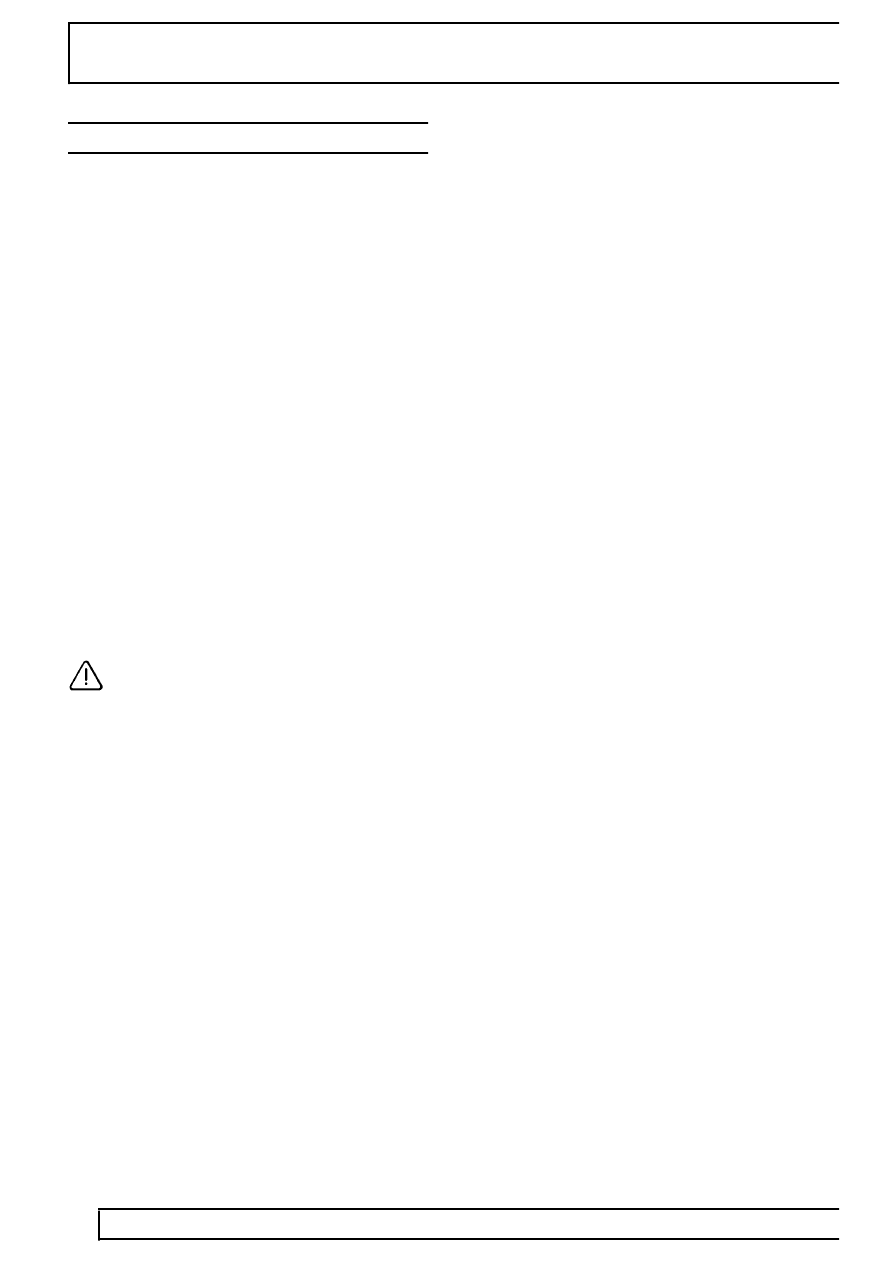EGR Systems in TD5 Defender - Ultimate Guide

17
EMISSION CONTROL
14
DESCRIPTION AND OPERATION
EGR SYSTEMS
There are two types of exhaust gas recirculation system used with the Td5 engine dependent on legislation and
market requirements, these are type 1 and type 2.
Type 1 EGR system is fitted to all Td5’s built up to the introduction of 2002 MY, except for Japanese specification
vehicles.
Type 2 EGR system is fitted to all Japanese specification vehicles and was introduced into European markets for
2002 MY to meet EU3 emission requirements. An additional feature introduced at 2002 MY is the EGR cooler,
which is bolted to the front of the cylinder head.
EGR System - Type 1
This EGR system features a modulator which is electrically controlled to modulate a vacuum source to the EGR
valve. The controlled vacuum opens the valve by the amount required to ensure the optimal proportion of exhaust
gas is allowed through to the inlet manifold to be combined with the fresh air intake. Control feedback is achieved
by monitoring the mass of fresh air flowing through the MAF sensor.
EGR modulator operation is controlled by a signal from the ECM, which determines the required amount of EGR
needed in response to inputs relating to air flow and engine operating and ambient conditions. The ECM is
low-side driven, sinking current returned from the vacuum modulator for switching operating condition.
The exhaust gases are routed from the exhaust manifold through a shaped metal pipe which connects to the
underside of the EGR valve. The pipe is held securely in position to the front of the cylinder head using a clamp
bracket. The EGR pipe is attached to a mating port at the front end of the exhaust manifold using 2 Allen screws,
and at the EGR valve assembly by a metal band clamp. The 2 Allen screws should be replaced every time the
EGR pipe is removed.
CAUTION: Extreme caution should be exercised when removing and refitting the EGR pipe to
avoid damage.
When a vacuum is applied to the EGR suction port, it causes a spindle with sealing disc (EGR valve) to be raised,
thus opening the port at the EGR pipe to allow the recirculated exhaust gas to pass through into the inlet manifold.
The valve is spring loaded so that when the vacuum is removed from the suction port the valve returns to its rest
position to tightly close the exhaust gas port.
By controlling the quantity of recirculated exhaust gas available in the inlet manifold, the optimum mix for the
prevailing engine operating conditions can be maintained. This ensures the intake gas to the combustion
chambers will have burning rate properties which will reduce NO
X
emissions to an acceptable level. Normally, full
recirculation is only applicable when NO
X
emissions are most prevalent.
